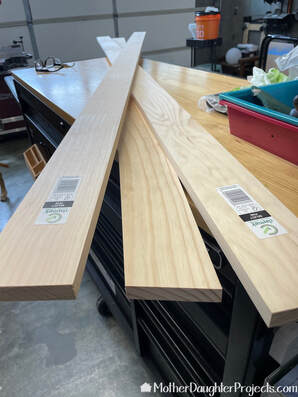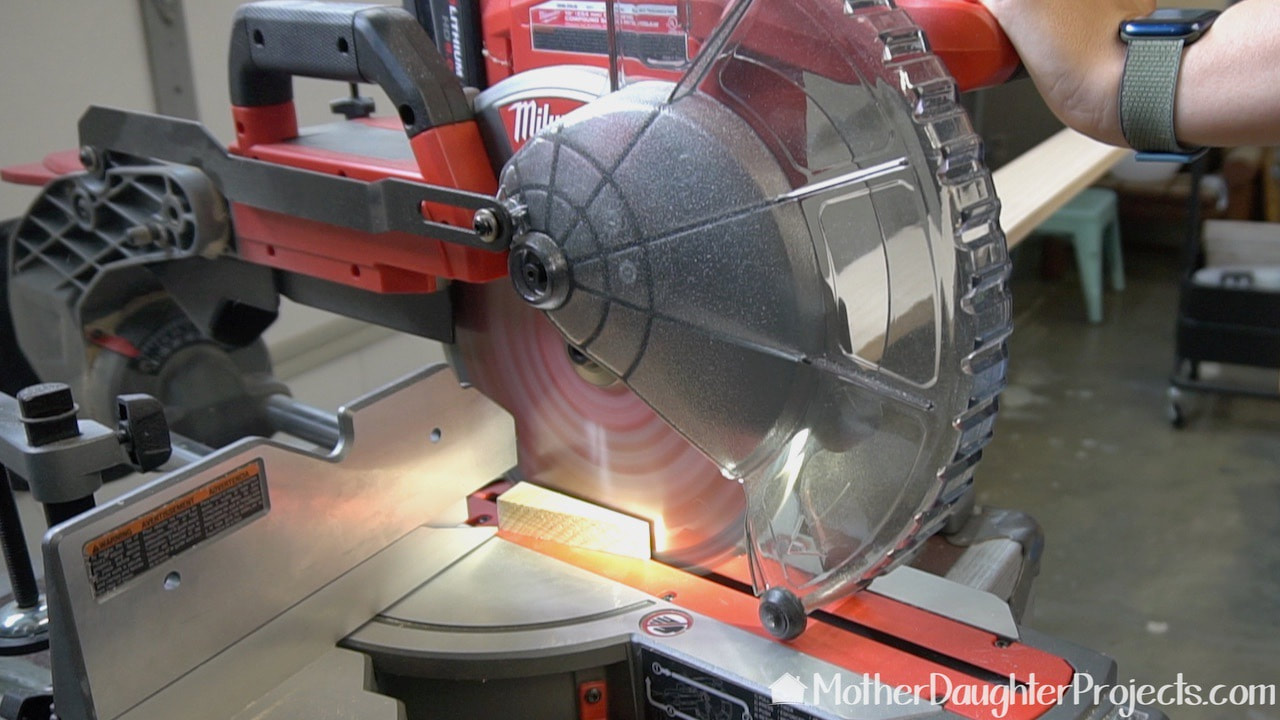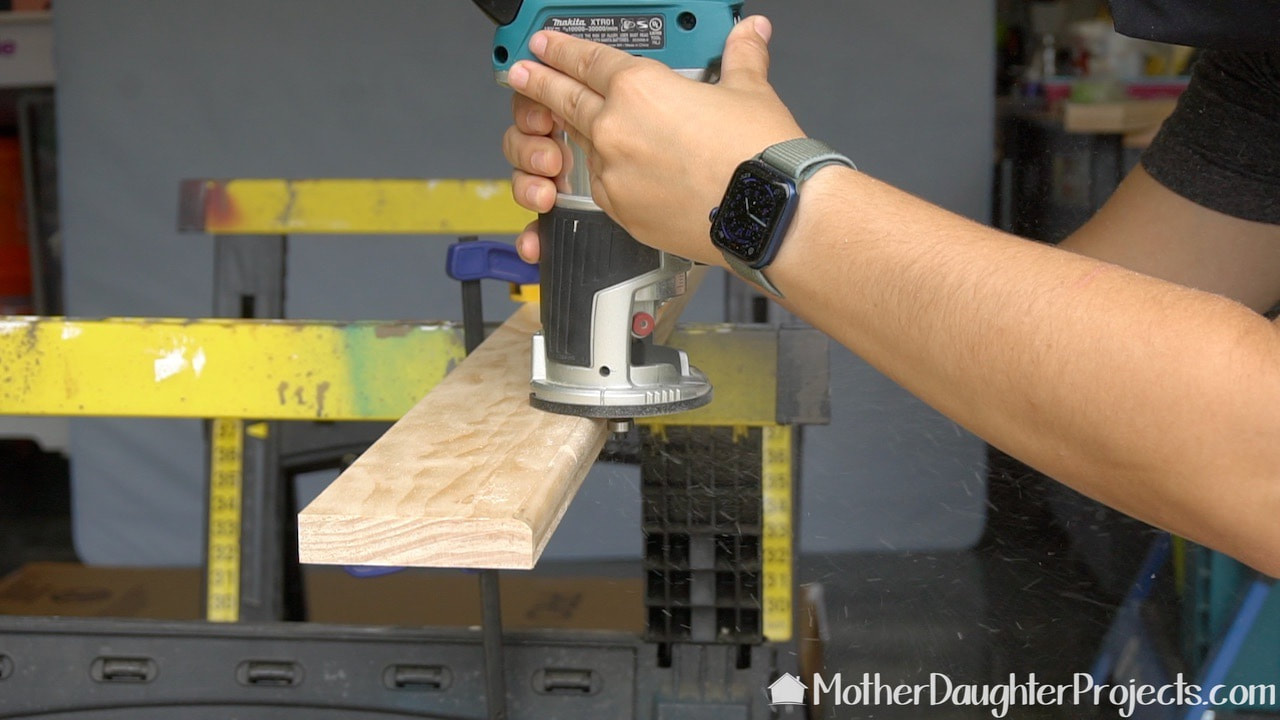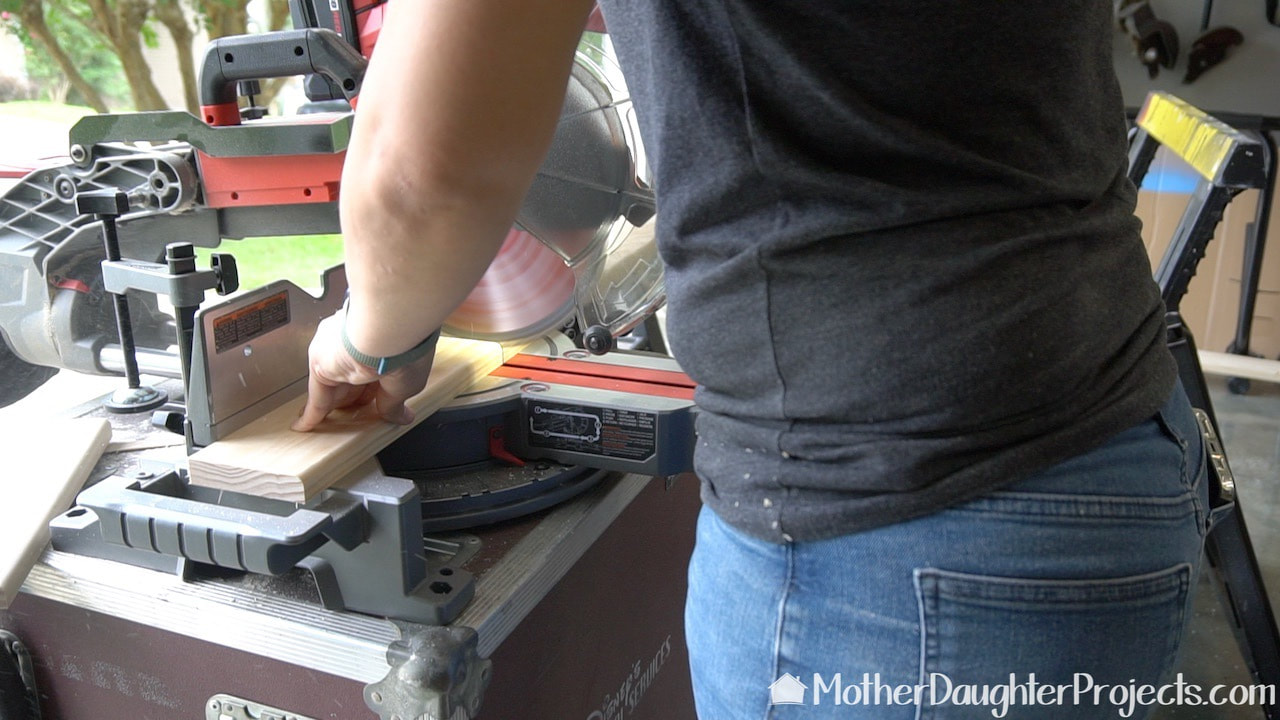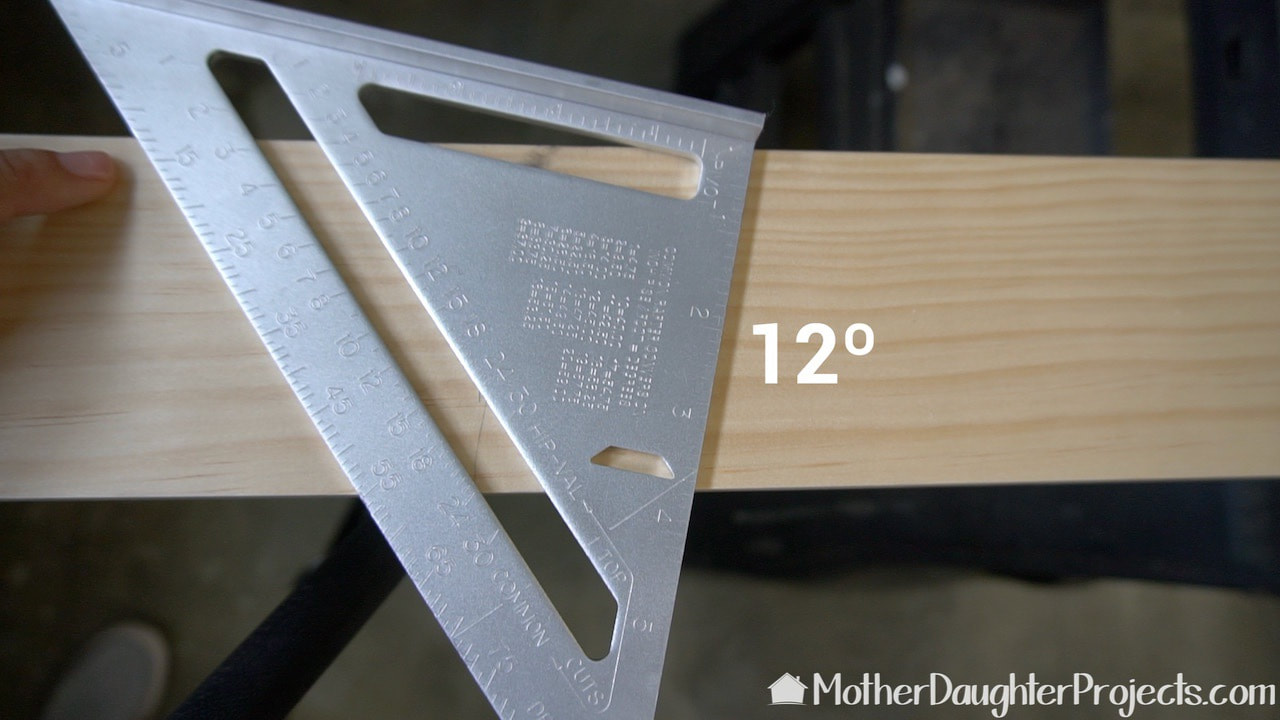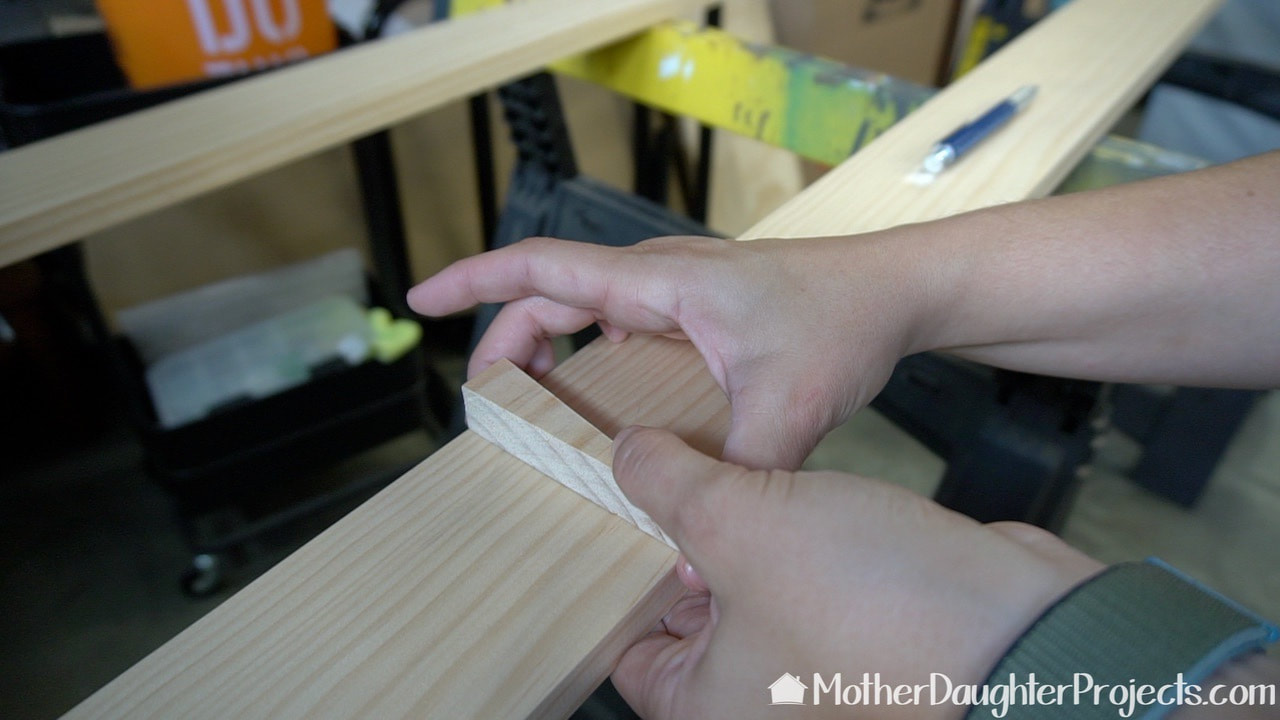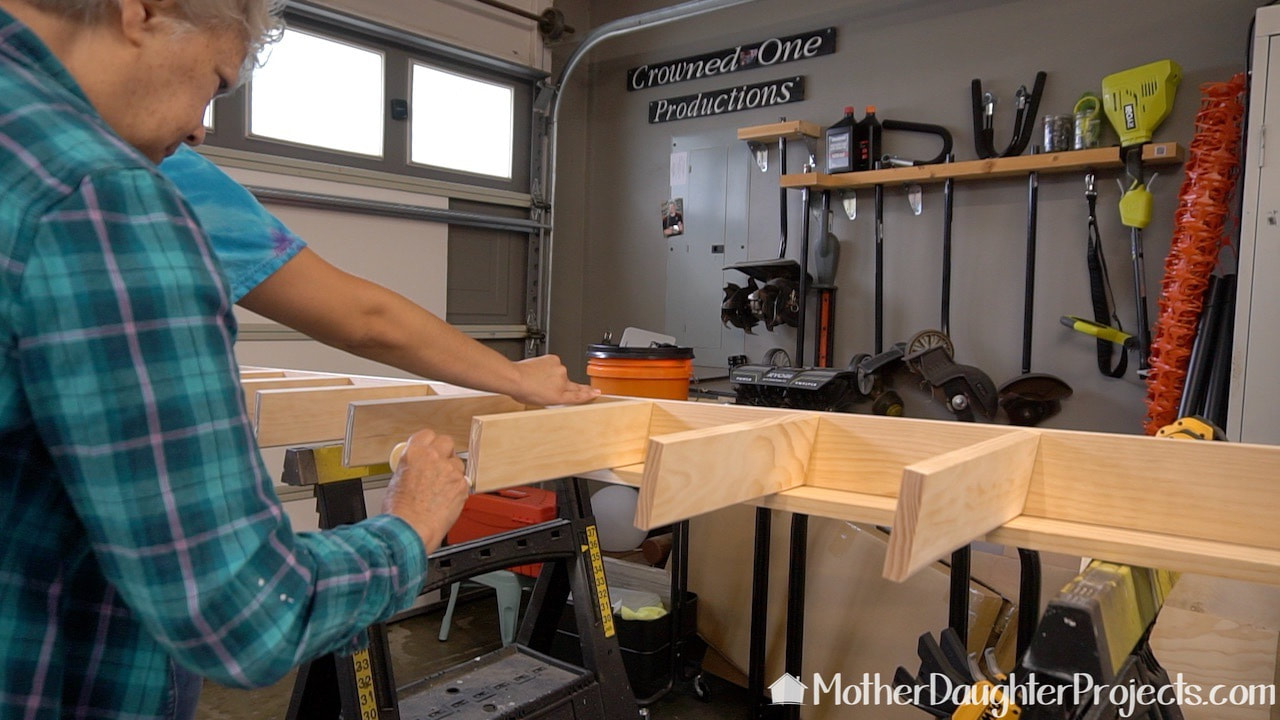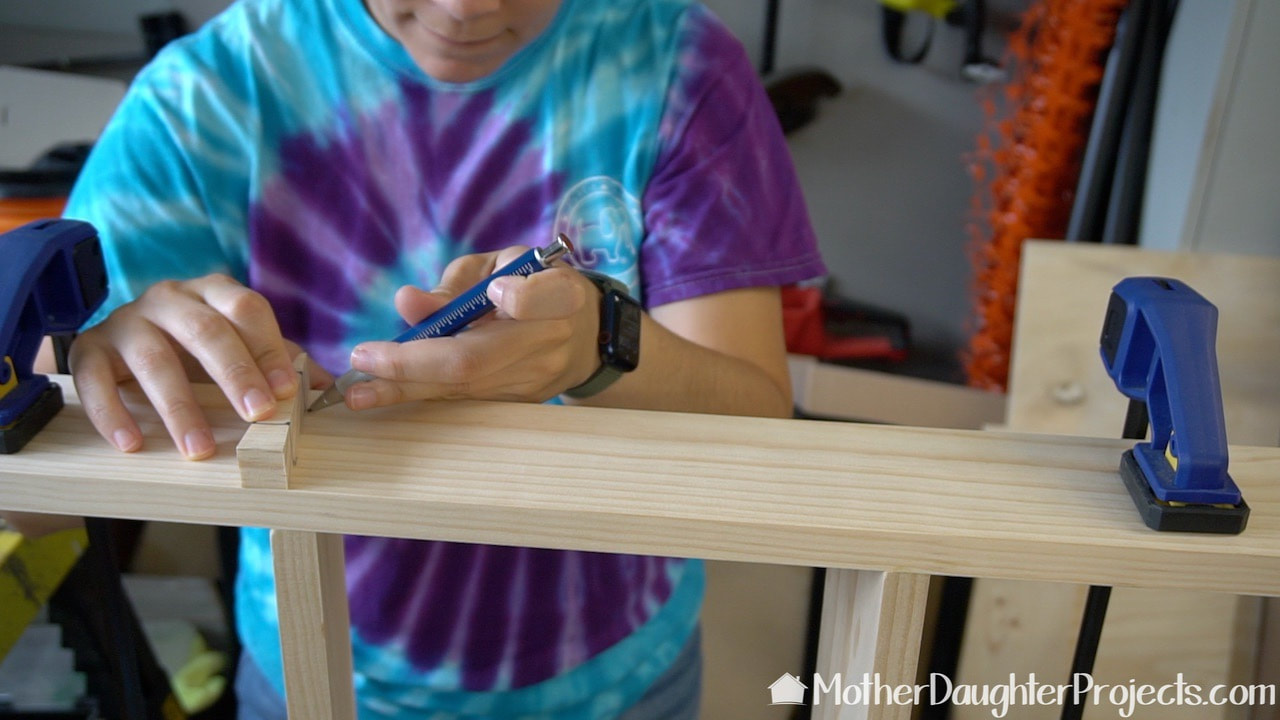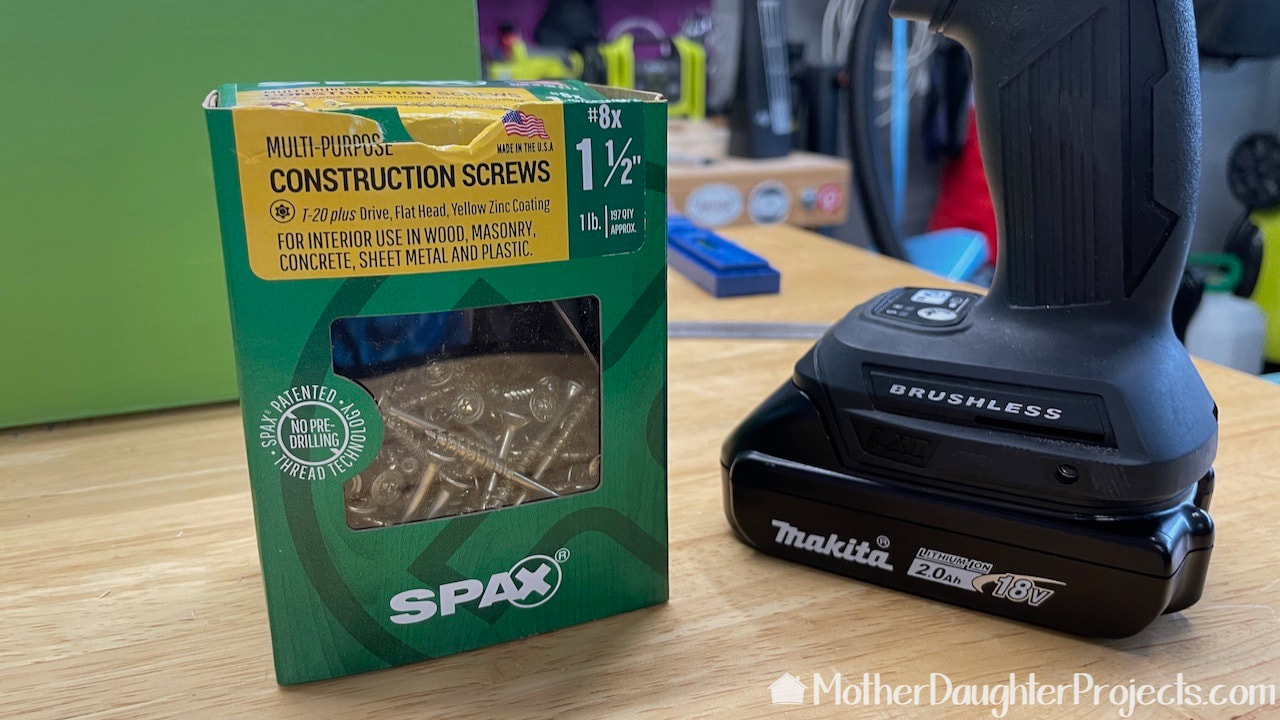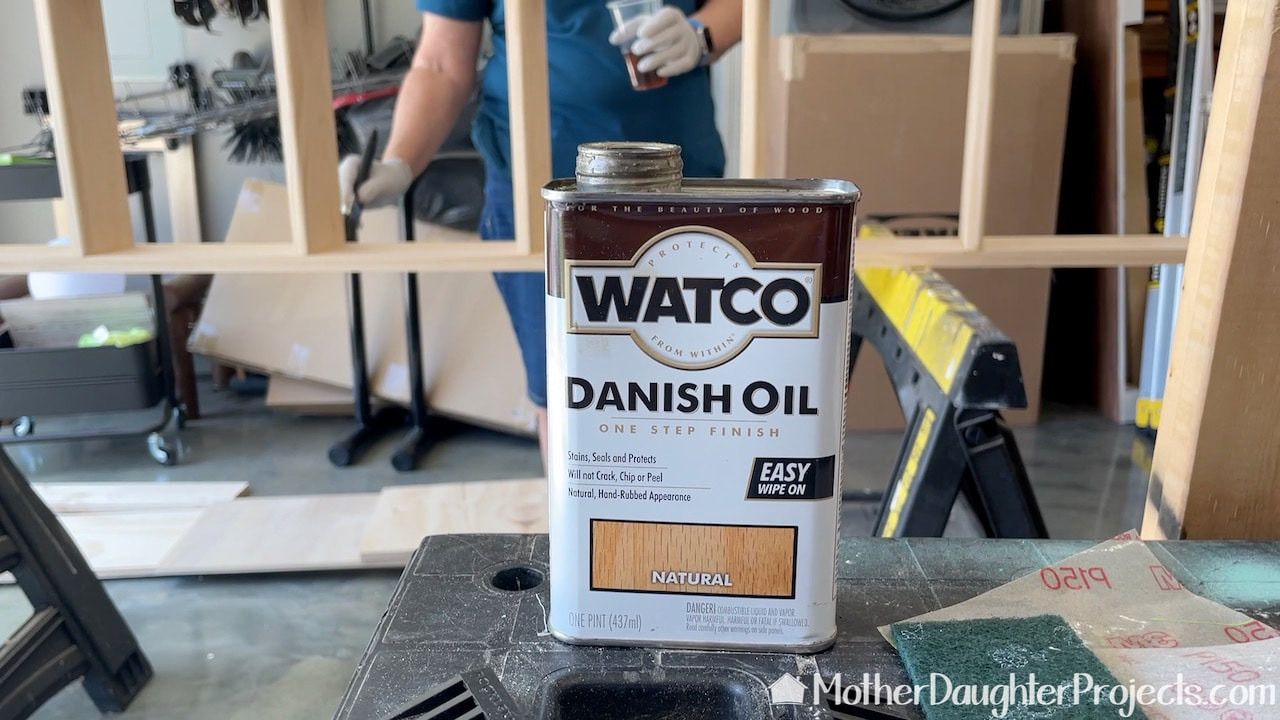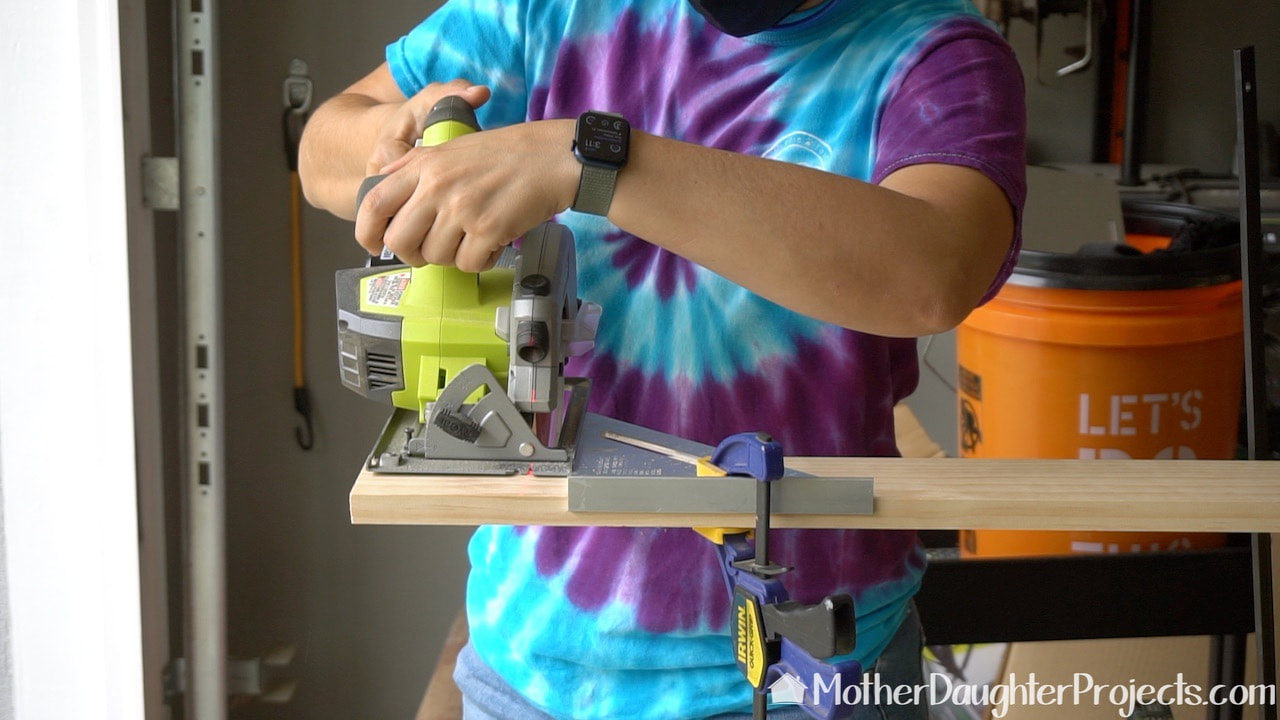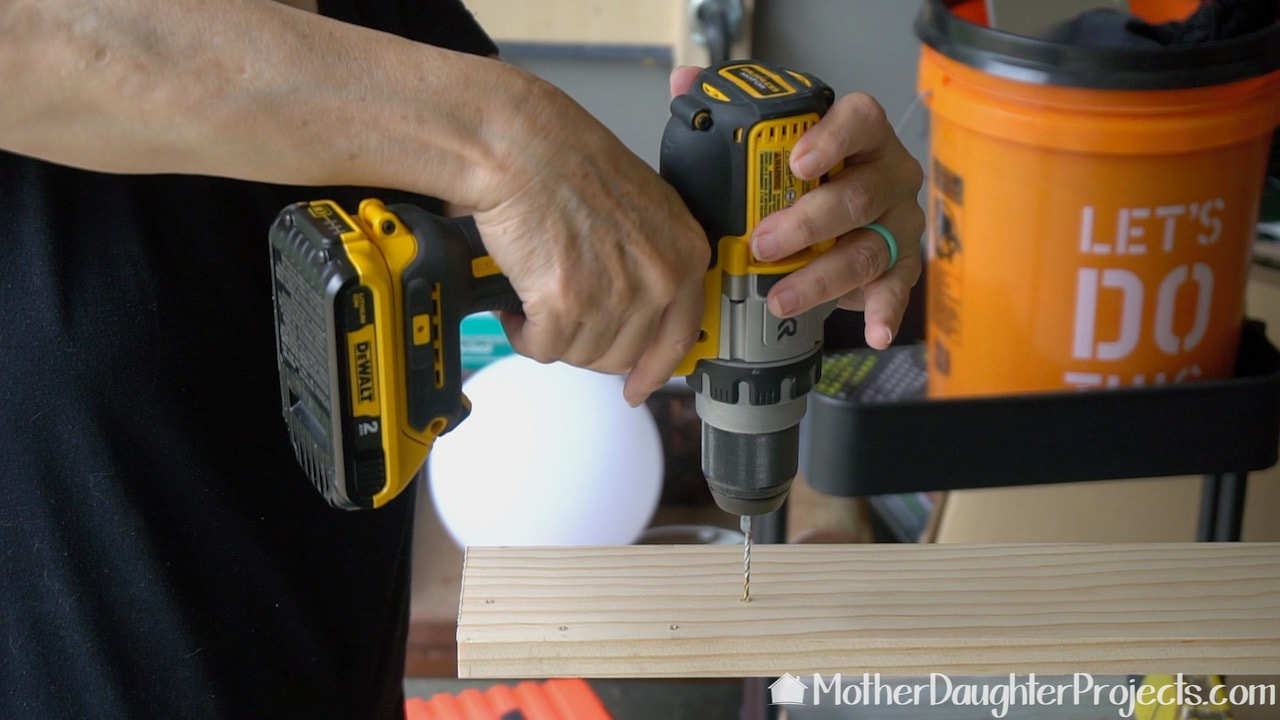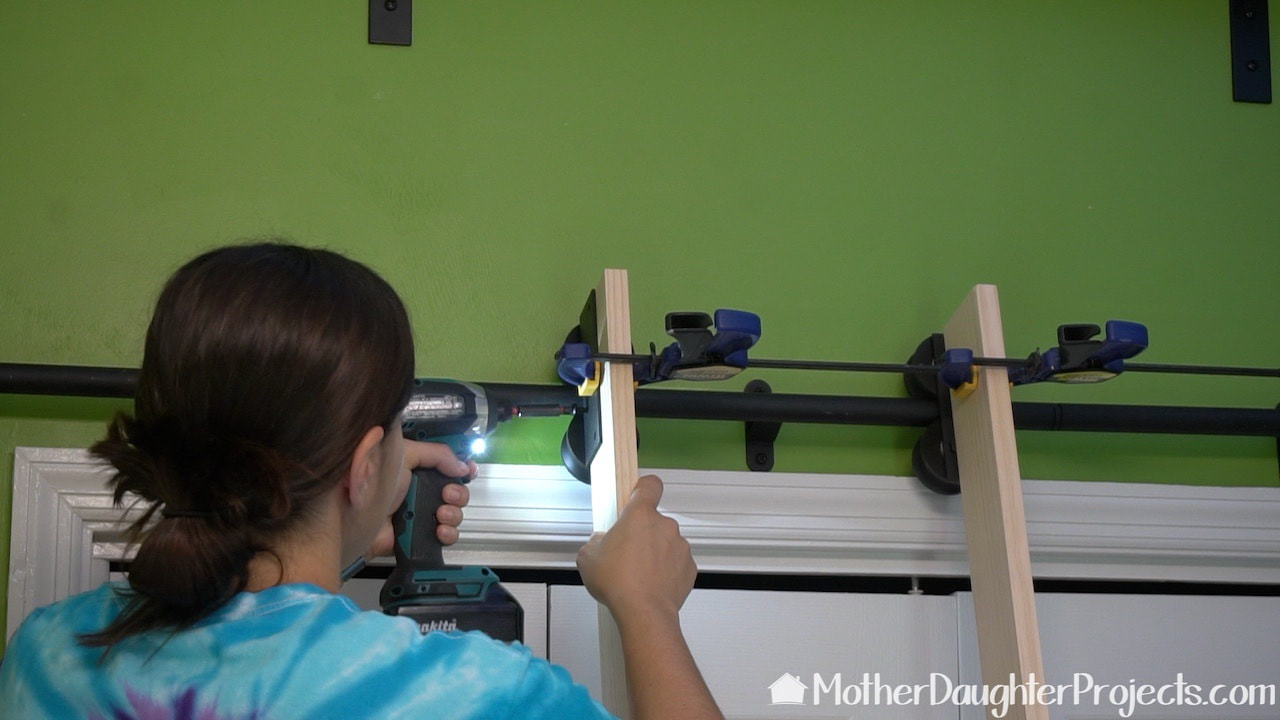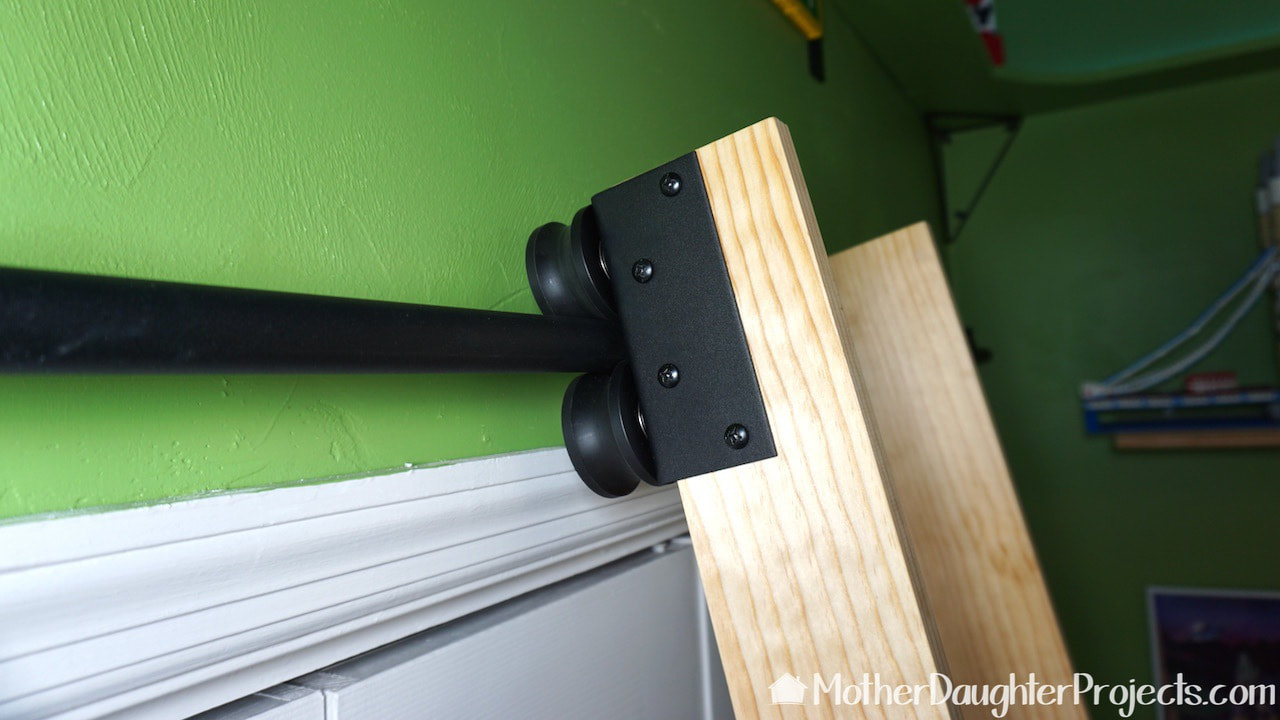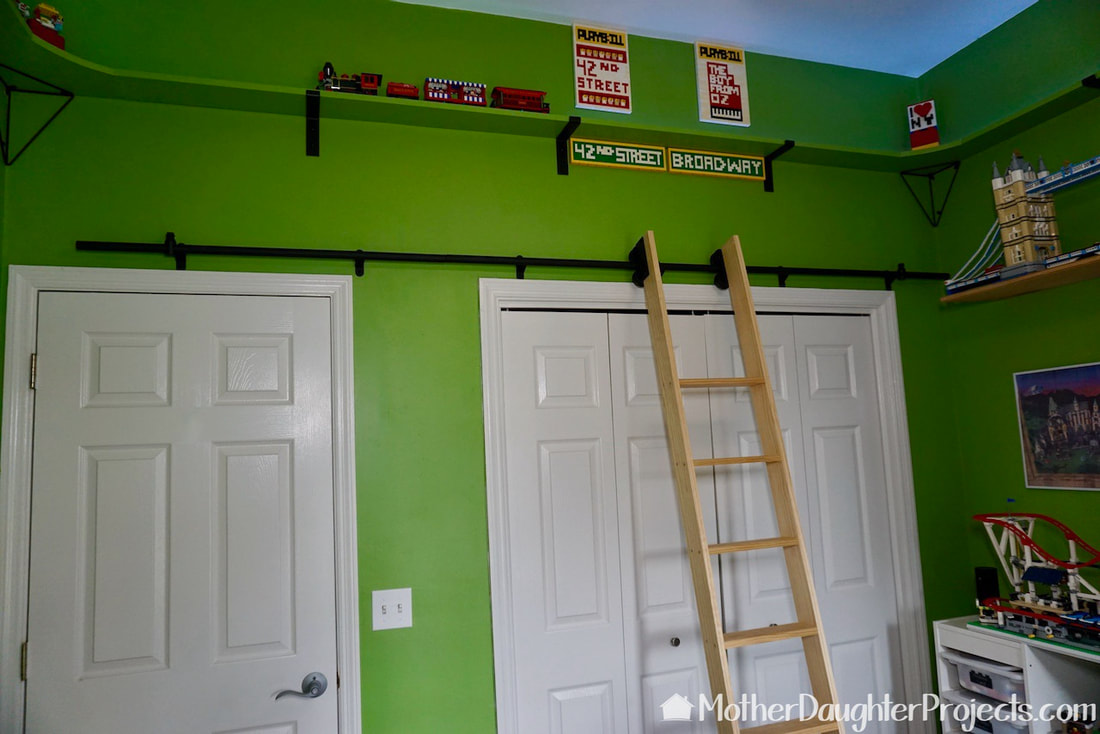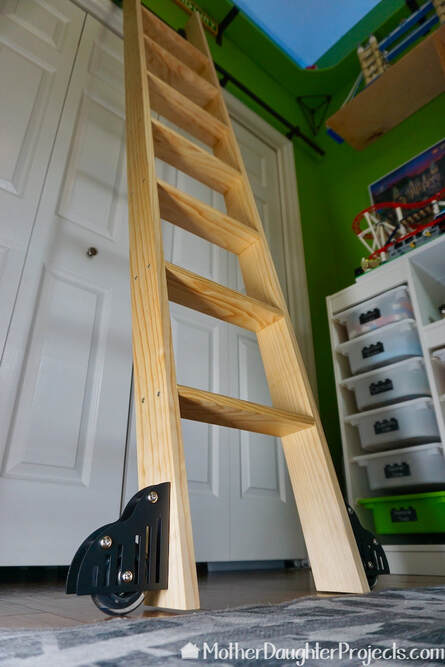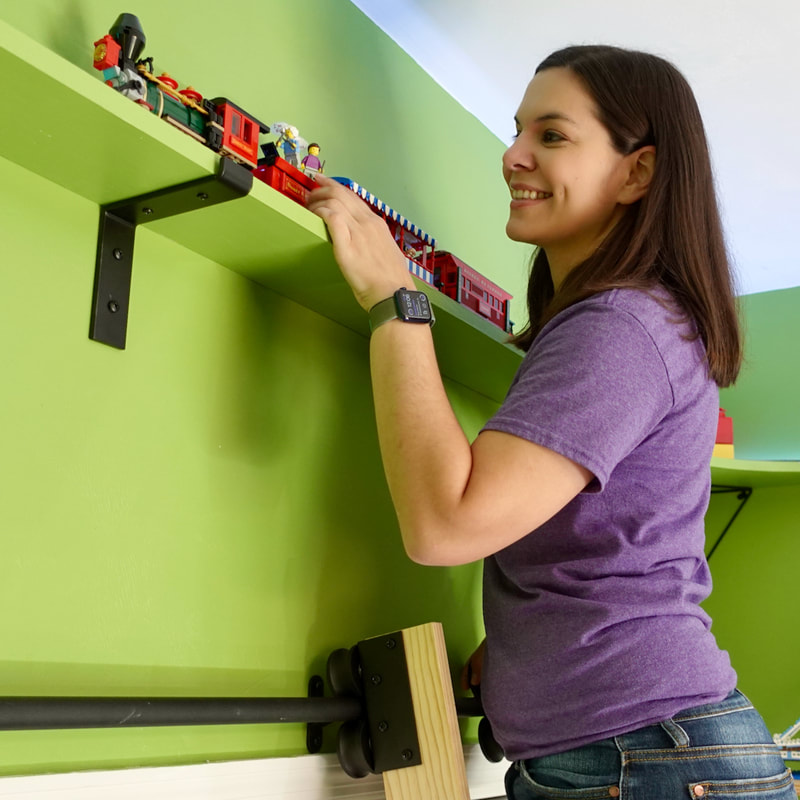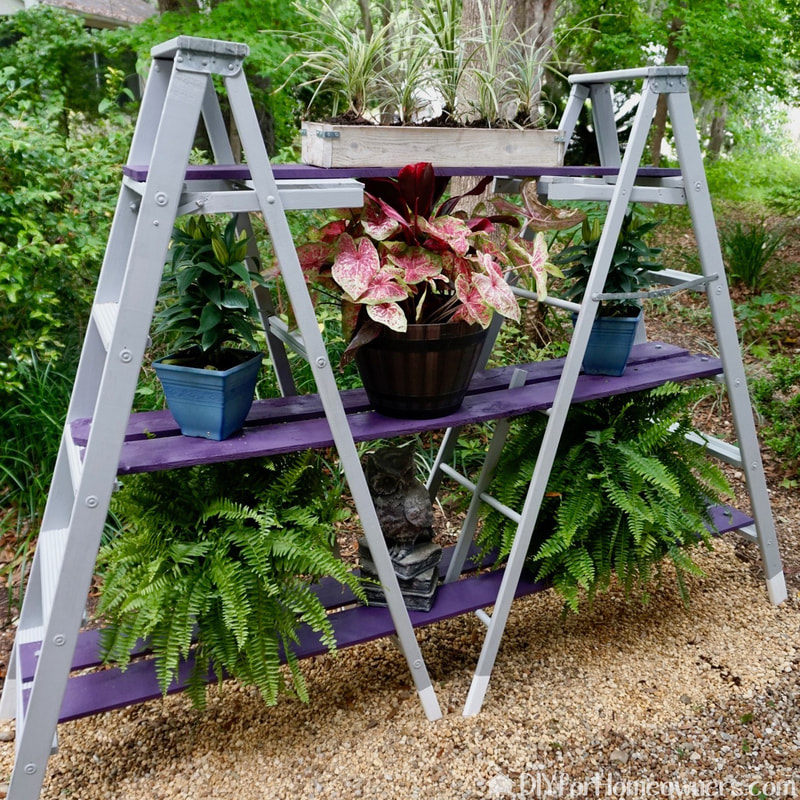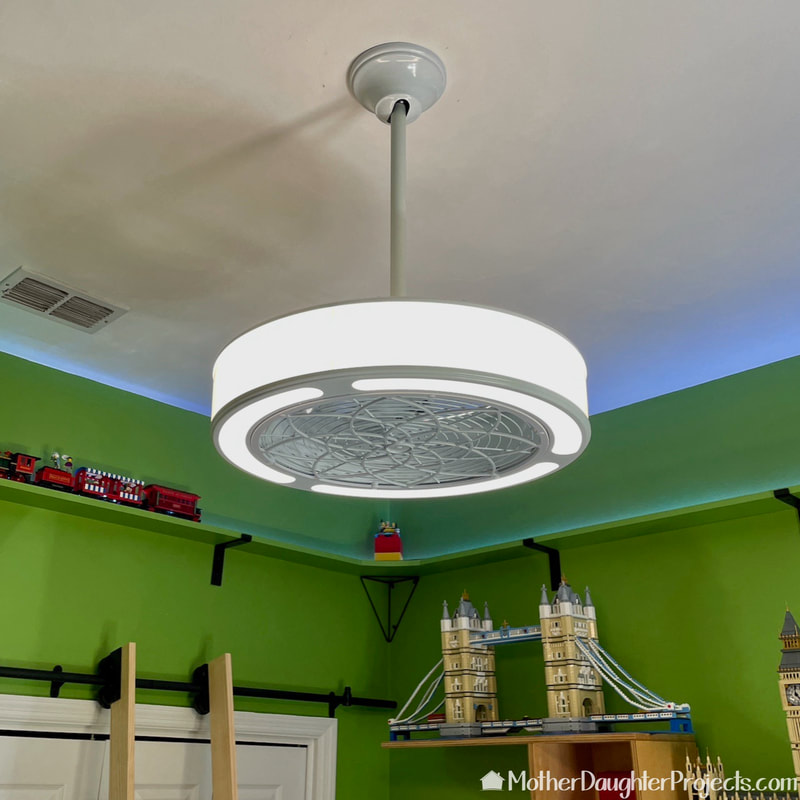|
text by Vicki Sign up here to join our weekly email newsletter!
Part of the plan when installing the elevated toy train train was a way to reach the train to turn it on. Although the LEGO train operates via a phone app, it has to be manually turned on, hence the need for a ladder to reach it!
On Steph's list of "making childhood dreams come true" was a rolling library ladder. She decided that this type of ladder would be perfect for reaching the train. Here's how it all came together and with it, how she got to have her Belle, Beauty and the Beast, moment! Materials/Tools:

The first step was to connect the rails to each other. Not going to sugar coated it, but these rails were a pain to try to get together. We almost sent them back it was so bad, but once they were secured to the wall, the poor connections were not a problem. We were able to screw the rails directly into wall studs so no additional header board was needed.
This is such a fun addition to the LEGO room. It's functional, yet still allows for access to the doors.
There are kits available for rolling library ladders that include everything you need including the ladder. It was actually a lot easier to build the ladder than we thought it would be. Once we realized all the angle were the same, it was a pretty quick build. Where would you use a library ladder? I've seen pictures of them in kitchen to access high cabinets. I think that's a pretty good use. Please note: This is not a sponsored post. FYI: We are not professionals, and we don't claim to be. This is what we found worked for our project. Yours may need a little different approach. Safety first! FYI: Affiliate links are being used on this page. Purchasing via these links help support MDP! Related Projects
0 Comments
Leave a Reply. |

